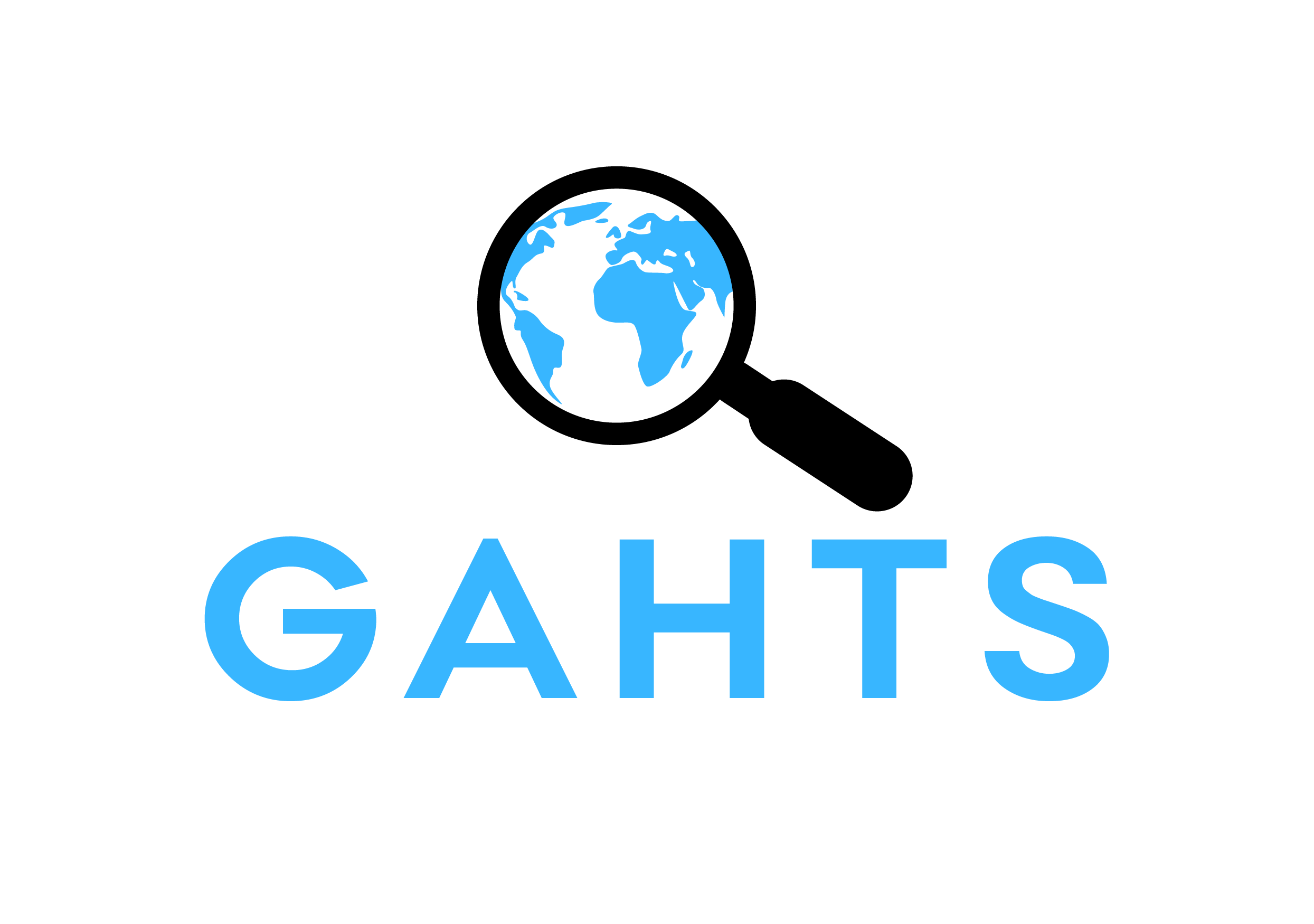Examining Commonly Reported Sex Trafficking Indicators from Practitioners' Perspectives: Findings from a Pilot Study
Author: Gerassi, Lara; Nichols, Andrea; Cox, Ashley; Goldberg, Kei & Tang, Cliff
Abstract: Commonly reported sex trafficking indicators have been disseminated widely by government and non-governmental organizations in trainings aimed to increase identification and referral to resources. However, very little research evaluates such indicators. Drawing from survey responses of 86 social service providers, health care practitioners, and justice system officials in a Midwestern City, this pilot study aimed to examine: (a) the pervasiveness of the commonly reported indicators, (b) the salience of domains of indicators, and (c) the extent to which indicators differ across service populations (U.S.-born minors, U.S.-born adults, foreign born minors, and foreign born adults). The most commonly identified indicators included mental health symptoms of depression (M = 3.82); low self-esteem (M = 3.59); anxiety (M = 3.55); low levels of interpersonal trust (M = 3.52); sense of fear (M = 3.36); feelings of shame or guilt (M =3.34); isolation from family, friends, and communities (M = 3.3); and fear/distrust of law enforcement (M = 3.80). The least commonly identified indicators included exhibiting low English proficiency (M = 1.62), previous history of loitering charges (M = 1.74), presenting false documents (M = 1.85), presence of tattoos or branding (M = 1.89), presenting delayed cognitive development (M = 1.91), being unaware of one’s location (M = 1.94), owing large debt (M = 1.95), previous history of prostitution or drug charges (M = 1.98, M = 2.01), and physical evidence of torture (M = 2.07). The mental health domain was identified as especially common among U.S.-born adults (M = 3.07). Criminal justice involvement was identified as less common among foreign-born minors (M = 1.82) and foreign-born adults (M = 1.96). The most commonly identified indicators, according to the service providers, health care workers, and justice system officials who work with them, are inconsistent with many of the indicators that are used frequently across governmental and community trainings. Trainings focusing on diverse case examples of trafficking may be important in strengthening identification of sex trafficked individuals, as well as accounting for regional contexts.
Keywords: sex trafficking, assessment, identification child abuse, intimate partner violence
